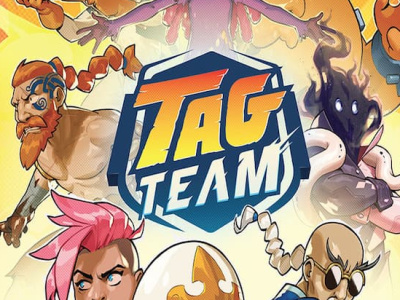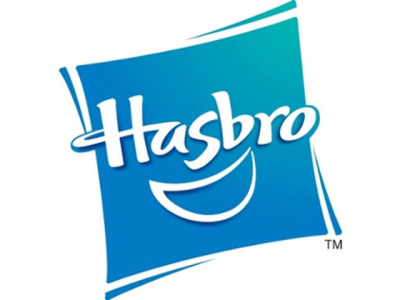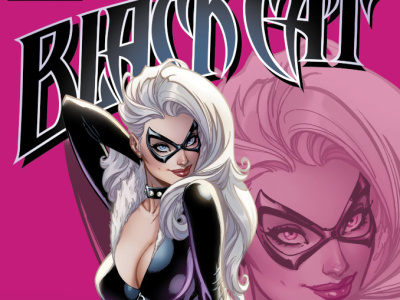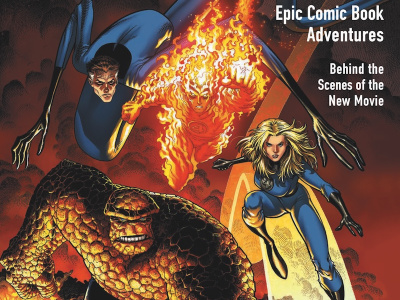
Diamond Comic Distributors, the primary distributor to comic stores, recently raised its minimum purchase order quantity for new products from $1500 to $2500 (at cost). There’s been concern expressed about the impact on small press comics and graphic novels, as well as a fair amount of misinformation about the change. So we asked Bill Schanes, Vice President of Purchasing at Diamond, to answer a few questions on the topic.
Why don’t you start out by describing the change you’ve made to your minimum purchase order requirement.
For a number of years, Diamond has had an internal guideline for product performance of $1500 at Diamond’s cost of goods for each product that’s on a unique order form line. So our brand managers evaluate all the products that come in to us for solicitations to review those products to make sure that they meet our benchmarks. They give some latitude based on say, a brand new publisher we’ve had no experience with, or a brand new creative team that we’ve never had any experience with before, versus a long-running title that shows a decline every issue and sells below the benchmark.
Based on over-all 2008 sales and the over-all economic climate out there in the world, which is affecting comic books as well, we needed to make a change. Our sales were down at Diamond last year, and they look to be down a little more in 2009 based on publishers’ projections, which are given to me in December by the top 15 to 20 publishers. So we’ve determined that with sales going down this year we’re going to need to make some slight adjustments on our side so that we can remain profitable and continue to service the industry at the very highest levels possible. So we’re raising our P.O. benchmark from $1500 at our cost to $2500 at our cost.
Does that apply to new product and backlist both?
Yes, if it has an order form line, it applies. And there are some exceptions to that guideline, and I’m using the word guideline, not a rule. It’s not hard and fast. Certainly things like Comic Book Legal Defense Fund, Hero Initiative, those we look less at the bottom line because those are more contribution projects, charity projects. Same thing for some of the publications we view as business tools, like Locus Magazine. We think that’s a magazine that helps retailers make buying decisions. Those have always sold very poorly for us, but we think that those retailers that buy it every month religiously are using it as a tool. We think that’s an important aspect of what we do that we want to continue.
The change will affect “offered agains” in a pretty big way. What Diamond calls an “offered again” is something that’s already been published and gone through our system once and now either the publisher or Diamond it gets put back in the catalogue a second time. Some people call those relists.
What about items you sell out of but there’s still demand in your system? Does that purchase order also have to hit a $2500 minimum?
No, we routinely issue purchase orders for relatively small quantities or dollar P.O. amounts to supplement the initial shipments after we sell through. That dollar amount is unbelievably low, $25 or $50 P.O. value. It’s very low and at this point in time we’re not making any adjustments there.
The last Previews you closed orders for--out of the new product listings or the offered agains, how many products would have been affected by the new threshold?
I didn’t do that particular breakdown. We’ll have a much better sense when Previews #3 comes out the last week of February of what happened between Previews #2 and Previews #3. We think over-all for the very small press publisher that may have been under the $1500 minimum for some time but for which we’ve been flexible, heading into 2009 we won’t be able to afford to offer that level of service any more for items that are performing, quite honestly, at very small numbers, especially for a national distribution organization like Diamond, with upwards of almost 3000 stores buying product. To sell 100 or 200 copies of something, that doesn’t really seem to be a sound business, at least through Diamond Comic. They may have other avenues for those products, and we’re fully supportive of them selling wherever they can find an avenue. That can be a small press distributor like Haven, or Last Gasp, or others that we’re not even aware of.
Does that benchmark apply to all products, or just comics?
We’re applying it to comics, graphic novels, and books. For the most part it doesn’t affect toys because they have a much higher cost number, and you don’t really have any casual toy makers.
You said you hadn’t looked at the impact on the last order form?
I did not. I looked at it from the standpoint of all products listed over the last two years.
What was the impact over that period?
I’m not going to give you that exact number, but I’ll say that on the very small press side, people that publish one or two books a year, that have been around for a while, probably 20 to 30 of those publishers will see an immediate impact of not being listed in Previews. The next level up of those small press publishers, that publish more frequently, some of their titles may be affected and some not. And then the middle-sized press will be more about changes in schedule, or packaging, or price point, or format. Our brand managers have been pretty good about offering suggestions of new concepts or marketing strategies to help them sell more books, which of course feeds the entire food chain.
One of the things that I think it’s important to point out is that for the small press especially, Diamond wants to be there for them and do a good job and support them and support the industry, but we are a for profit company and our obligation is to make sure that we’re around in the future to service our publishers and our retailer base. We’re going to be more flexible for those publishers that have marketing plans and sales plans, but I’d say that for 85% of the small press that sends us solicitations once they hit that send button to us, or put that stamp on their mail solicitation, that was their entire marketing budget; and it’s hard to support folks that aren’t doing much to support themselves, especially when those sales aren’t profitable in the first place.
So I know this may appear to be harsh or uncaring to small presses, but we spent a lot of time thinking about this. We’ve been very supportive over the last two decades and while I’m not going to give out exact numbers, it’s shocking how many books we carry every month that Diamond is not making any money on. So we hope to reduce that a little bit so it’s not quite so expensive for us on the lower end of the sale scale.
This is a 60-70% increase in the minimum purchase order. Why the size of the increase?
We looked at the last two years of sales data, and we felt that was a reasonable amount of money to have gross profit against. A $2500 purchase order at Diamond’s cost of 60% off is about $6200 retail value. That would give us gross profit at Diamond on a blended average discount to retailers of 44% off retail of about $950, and a contribution to fixed costs, overhead, and profit of $200 or $300 after all the different departments and operations handle it. At $2500, Diamond’s not getting rich.
On a typical product, there’s a huge number of departments that are involved. There’s the catalogue department, proofreaders, editors, designers; we have to pay for the catalogue space at the printer; when the order comes in there’s order entry; then the product comes to us and it has to be received at four distribution centers; we have to put it on the pick line for packing; we’ve got to pay for the box to put it in; we have to process the invoice through accounts payable. Often there can be problems with the shipment, such as overages, shortages, or damages. It’s a huge number of departments that are involved, and we’ve got to make sure those people are paid and we can service the market properly. So the product life cycle is very intense, and that’s often misunderstood by the small press, or even by retailers or consumers. At $1500 we were losing money on every purchase order, and that’s just not healthy.







